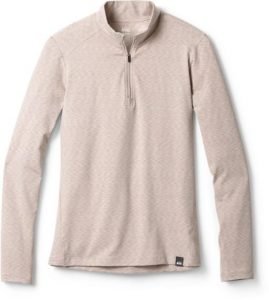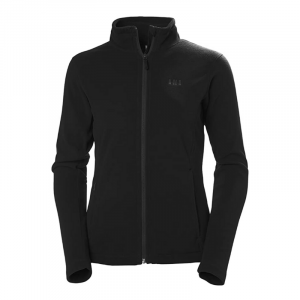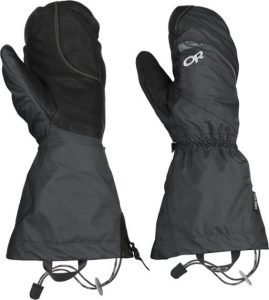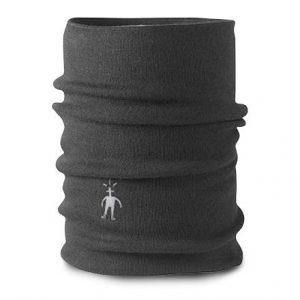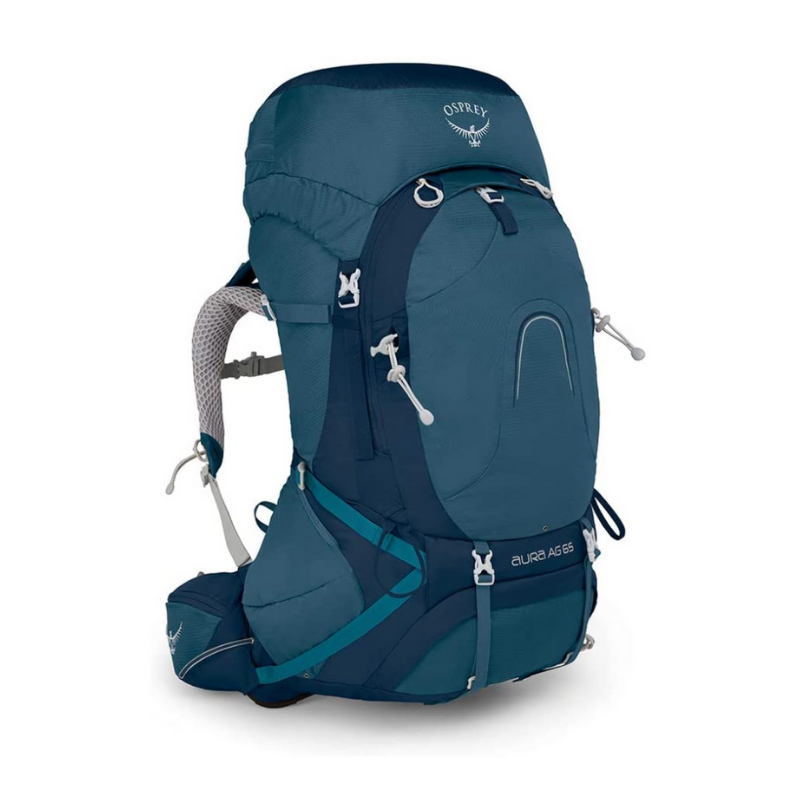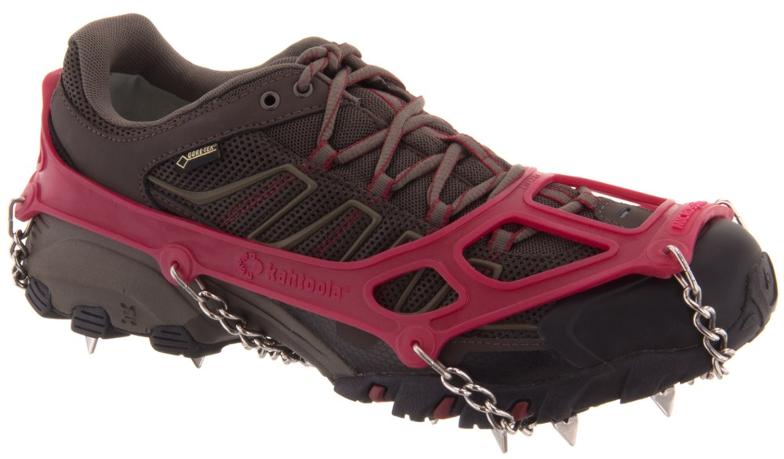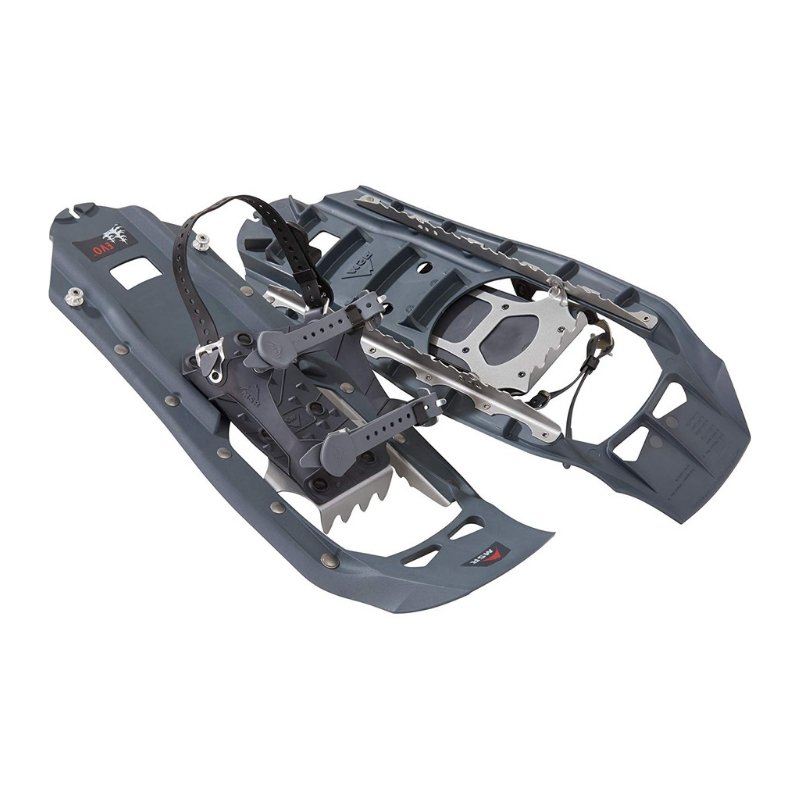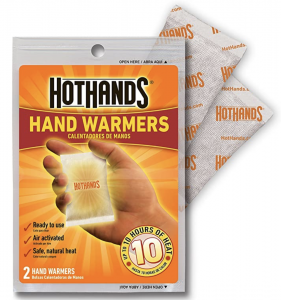Figuring out what to wear hiking in Alaska winter can be challenging. Temperatures and weather conditions change day to day and you’ll want to be prepared to hike comfortably and safely, whether the outside temp is 30°F or below zero.
As someone who was born and raised in Alaska, I’ve had my fair share of winter hiking adventures. I’m always trying out new gear to test on the trail, but I have a lot of trusty items that I will never stop using. These are the items that have proven to last a long time, perform well, or are just super comfortable.
In this post, I’m going to share tips and my personal recommendations to help you prepare for cold weather hiking in Alaska. I’ve also included a free printable Alaska winter hiking gear checklist that you can find at the end of this post.
AndreaKuuipoAbroad.com contains affiliate links to various products, which means I may earn a small commission for qualifying purchases. Read more about my Affiliate Disclosure.
5 Tips on What to Wear Winter Hiking in Alaska
- Dress in 3 layers. Start with thermal base layers, add a mid-layer fleece or puffy, then protect it all with a windproof/waterproof shell as your outer layer.
- Say NO to cotton. Choose polyester and merino wool fabrics as they wick away sweat and will keep you dry.
- Keep your head, hands, and feet in mind. These are key parts of your body that you’ll want to keep covered to stay warm.
- Every body is different. Some people tend to run warmer and some tend to run cold – like I do. So, what works for your BFF may not work for you. I recommend trying different clothing and layering styles.
- Check the weather. Weather in Alaska is unpredictable and can change fast. Some areas around Alaska have webcams that you can use to check current conditions.
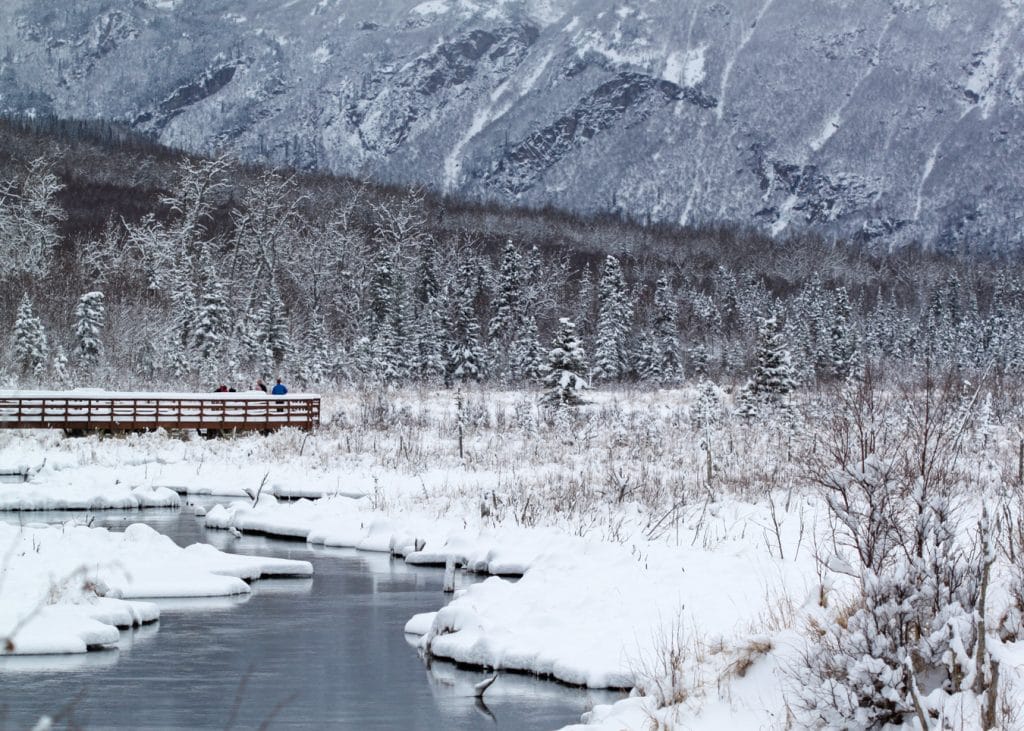
Planning on hiking in summer? Read What to Wear Hiking in Alaska in Summer
Alaska Cold Weather Hiking Clothing
Hiking Boots and Socks
Choosing the right footwear for winter hiking is super important. You’ll want a pair of hiking boots that are warm and comfortable. My go-to winter hiking boots are the Vasque Women’s Coldspark Ultradry Snow Boot. It’s a comfortable boot with thinsulate insulation and waterproofing that will keep your feet warm, especially when hiking in snow. They’re great in the snow but the rubber soles are occassionally slippery on slick surfaces, so watch your step.
Pro Tip: Order 1 to 2 shoe sizes up so you can wear thick socks.
Socks are equally as important to keeping your feet warm during winter. I typically wear a midweight merino wool sock like the REI Co-op Merino Wool Midweight Hiking Crew Socks. These socks are cushioned for comfort but they’re still naturally breathable, moisture-wicking and odor-resistant. Plus, they’re made in the USA.
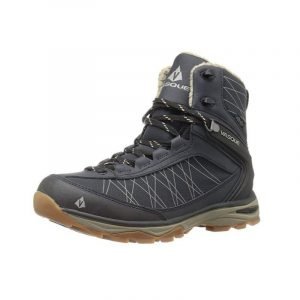
Check Price: Backcountry | Amazon
Check Price: REI
Hiking Base Layer Tops
Whenever I’m on a winter hike, I always wear a long-sleeve base layer (over my sport’s bra). Base layer tops come in a few different styles. I often switch between a crew top and a half-zip because I like both. I also like to look for extra features like thumb holes on the sleeves.
I love the REI Co-op Midweight Base Layer Crew Top or something like the REI Co-op Midweight Base Layer Half-Zip Top. The nice thing about wearing a half-zip top is that you can easily vent with the front zipper if you tend to overheat. It’s also a comfortable choice when you’re wearing a neck gaiter.
Hiking Mid Layer Tops
When choosing a mid layer, I recommend either a fleece or a puffy. Fleece is awesome because it doesn’t absorb water and it’s versatile. There are a lot of different styles to choose from and a lot of options that won’t break the bank. The Helly Hansen Daybreaker Fleece Jacket is a great mid layer jacket to look at.
Another great way to layer is with a down vest. I find that it works really well to regulate and keep your core warm, which will keep the rest of your body warm. The Patagonia Down Sweater Vest is lightweight, super compact, fits well, and you’ll probably never want to take it off.
Winter Hiking Jacket
When deciding which winter jacket to wear while hiking in Alaska, I often choose between a down puffy jacket or a lightweight, waterproof shell. If it’s snowing or I’m planning on going on an easier hike (like a walk) then I will probably wear a puffy like the REI Co-op Norseland Insulated Parka.
If I know I’m going to be climbing up some mountains then I will most like choose to wear a shell jacket that I can easily layer over all of my other winter layers. The Arc’teryx Beta LT Jacket is a great women’s winter hiking jacket. It actually has a GORE-TEX fabric that makes it completely waterproof, windproof and breathable, and its underarm zipper vents are perfect for winter hiking.
Check Price: REI
Check Price: Backcountry | REI
Winter Hiking Pants
Base Layer
When choosing which winter hiking pants to wear on the trail, I always make look for comfortable and warm hiking pants. When layering on colder days, you will want to start off with a base layer.
Base layers come in different “weights” meaning that a heavier weight will be warmer than a lightweight base layer. I usually find a mid-weight base layer works well for my body during the winter.
I’m either wearing a thermal base layer like the Smartwool Merino 250 Base Layer Bottoms, which are made with merino wool and will help regulate your body temperature as you play outside. Or I will wear Fleece Lined Winter Leggings, which are a lot warmer and more comfortable than regular leggings and pockets are on both sides to easily store my phone or hand warmers.
Outer Layer
After choosing a base layer, you will want to add an outer shell layer. However, if you don’t need to double layer, a very popular fleece-lined hiking pants among Alaskans are the Eddie Bauer Women’s Polar Fleece-Lined Pants.
If you plan on playing in the snow or heading into the backcountry then you’ll definitely want to pack snow pants. Arc’teryx Sentinel AR Snow Pants are waterproof and windproof and will keep you cozy and dry on the mountain. The best thing about these snow pants is that they’re available in short sizes! I’m only 5’2″ and always have trouble finding outdoor pants that don’t drag on the ground. The short sizes do run smaller so make sure to size up.
Hat, Gloves, and Neck Warmer
Any winter hiking outfit could use a stylish beanie and a warm hat is going to keep your head warm. The REI Co-op Nook Beanie is a stylish option and it has a cute pom-pom.
Mittens are way better than gloves as your hands stay warmer because when your fingers are together they share your heat. The Outdoor Research Alti Mittens have a target comfort rating from -40°F to -20°F.
During a winter hike, I like to wear a neck warmer or neck gaiter instead of dealing with a scarf that’s blowing all over the place. Smartwool Neck Gaiter is made with merino wool and Buff Polar Multifunctional Headwear is made with polar fleece. Both are my personal favorites and great options to keep your neck warm.
Alaska Winter Hiking Gear Essentials
Winter Hiking Backpack
When it’s freezing cold outside you can run into problems with gear that’s not built for winter. I like to use an insulated backpack during the winter because it keeps my water bladder from freezing and makes it easier to protect and carry gear like snow goggles and an avalanche safety kit. The Osprey Kresta 30 Snow Pack is the perfect size for a day hike, has a place for all of your snow gear and it’s built for women.
When I’m planning an overnight winter trip and I need more space, I bring my Osprey Aura 65L Backpacking Backpack. Osprey is a great backpack choice for women because their packs are actually shaped for women! I’ve had my Osprey backpacking backpack for over 5 years now and it’s still in amazing condition.
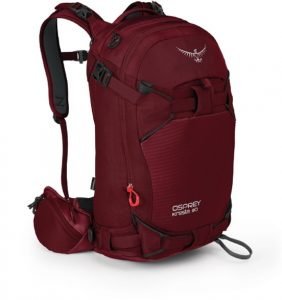
Check Price: Osprey | REI | Backcountry
Check Price: Osprey | REI | Backcountry
Winter Gear For the Feet
The second best winter accessory in Alaska is microspikes for hiking. The Kahtoola MICROspikes stretch over your hiking boots or trail runners to create traction on icy winter trails. They’re easy to use and basically every adventurous Alaskan has a pair.
When you need to climb steep slopes on your backcountry adventures or want to walk through lots of fresh powder then you’ll definitely want to wear a pair of snowshoes. I love the MSR Evo Snowshoes because they’re great for climbing up steep slopes and they also pack down the snow for your winter camping home away from home.
Gaiters go atop your boots and help to keep the snow out of your hiking boots. The Outdoor Research Rocky Mountain Low Gaiters are a great pair of shorties but you can also grab the tall versions for those deep powder days.
Winter Gear For the Eyes
During the winter, the sun is still harmful and you’ll want to protect your eyes during your sunny day adventures. The goodr OG Sunglasses block 100% of harmful UVA/UVB rays, don’t slip while you’re working up a sweat, and come in a bunch of fun colors. Plus, they are super affordable.
As the winter days are darker, you will need something to light up your adventures. The Black Diamond Storm 400 Headlamp emits up to 400 lumens. You can easily switch between a variety of settings, including distance, dimming, strobing, and night-vision modes.
Pro Tip: Make sure to use lithium batteries, as they perform better in cold weather.

Check Price: REI | Backcountry
Check Price: REI | Backcountry | Amazon
Winter Gear For the Hands
Alaska has many steep hiking trails and hiking poles will help you from falling over when you’re carrying a heavy load or keep your balance when trekking through snow. The Black Diamond Trail Trekking Poles are a great option. Make sure to use the buckets as they are intended to keep you from post-holing your poles.
HotHands Hand & Toe Warmers is seriously the BEST winter hiking accessory. Nothing feels better than the added warmth from placing these in your gloves or winter hiking boots.
Pro Tip: If you do have a canister stove, you can stick a toe warmer under a canister to warm it up.
Check Price: REI | Backcountry
Check Price: Amazon
Happy winter hiking!
Answering Your Questions
Can you hike in Alaska in the winter?
Yes, you can hike in Alaska during winter. Some trails are not recommended to hike during winter due to avalanche conditions.
Is it safe to hike in the winter?
It is safe to hike in the winter, but you want to educate yourself on avalanche safety in your area.
Download Your Free Alaska Winter Hiking Gear Checklist
Pin This Post For Later

Do you have any questions on what to wear hiking in Alaska winter? Share them in the comments!




